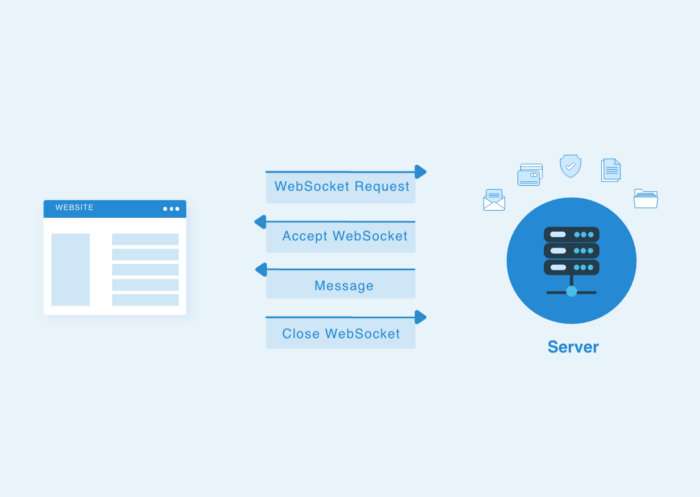
In recent years, serverless architectures have gained tremendous popularity in the realm of web application development. Offering enhanced scalability, cost-effectiveness, and reduced operational burden, serverless computing has revolutionized the way applications are deployed and managed. However, with the convenience comes a new set of security challenges that demand careful consideration. In this article, we will explore the security challenges faced by serverless architectures when developing and deploying web applications, and discuss strategies to mitigate these risks.
Data Security
One of the primary concerns in serverless web applications is data security. As these applications rely on third-party cloud providers, sensitive data must be safeguarded against unauthorized access or breaches. Implementing robust encryption methods, such as data encryption at rest and in transit, is vital to ensure data integrity and confidentiality. Additionally, access controls and identity management solutions should be enforced to manage user permissions and restrict unauthorized access to data resources.
Function-Level Security
In serverless architectures, web applications are typically broken down into small, independent functions that handle specific tasks. Each function must be carefully secured to prevent potential vulnerabilities. Developers must employ strong authentication mechanisms, input validation, and output sanitization to safeguard against injection attacks and other common security flaws. Regular security audits and code reviews can further enhance the robustness of these functions.
Event-Based Risks
Serverless applications heavily rely on event-driven architectures, where events trigger the execution of functions. While this provides a highly scalable and responsive system, it also opens up possibilities for malicious actors to exploit vulnerabilities in event sources. Proper validation of incoming events and thorough input sanitation are crucial to prevent attackers from triggering unwanted behavior in serverless functions.
Third-Party Dependencies
Serverless architectures often rely on various third-party services and libraries. While these can accelerate development, they may also introduce security risks. Developers should regularly update and patch dependencies to mitigate vulnerabilities and avoid using untrusted or poorly maintained libraries. Verifying the reputation and security history of third-party services is essential before integrating them into the application.
Cold Start Attacks
Cold start attacks occur when a new instance of a serverless function is initialized due to increased demand or idleness. During this initialization, attackers might attempt to exploit vulnerabilities, causing unexpected behavior or compromising the function. To address this challenge, developers should optimize the application's architecture, adopt lightweight frameworks, and implement resource pooling techniques to reduce the frequency of cold starts.
Distributed Denial of Service (DDoS) Mitigation
Serverless architectures are not immune to DDoS attacks, which can overload the application and disrupt services. To counter DDoS threats, deploying Web Application Firewalls (WAFs) and rate limiting mechanisms can help protect serverless functions from excessive requests and ensure consistent application performance even under attack.
Monitoring and Logging
Comprehensive monitoring and logging are vital in serverless architectures to detect and respond to security incidents promptly. Utilizing logging services provided by cloud providers allows for real-time tracking of function activity and potential security breaches. Integrating these logs with Security Information and Event Management (SIEM) solutions enables swift analysis and response to any suspicious activities.
Compliance and Regulatory Concerns
Web applications often handle sensitive user data, and various industries must adhere to specific compliance and regulatory standards (e.g., GDPR, HIPAA, PCI-DSS). Ensuring that serverless architectures comply with these regulations is essential. Organizations should work closely with their cloud providers to understand their responsibilities regarding compliance and implement the necessary measures to safeguard user data and adhere to legal requirements.
Conclusion
Serverless architectures have undoubtedly brought numerous benefits to web application development, offering scalability, cost-efficiency, and reduced maintenance overheads. However, it's essential to acknowledge and address the security challenges inherent in this paradigm. By implementing strong data security measures, securing functions, and carefully managing dependencies, developers can significantly reduce the risks associated with serverless web applications. A proactive approach to monitoring, logging, and compliance ensures that organizations can embrace the benefits of serverless computing while safeguarding their web applications and protecting user data from potential threats.




